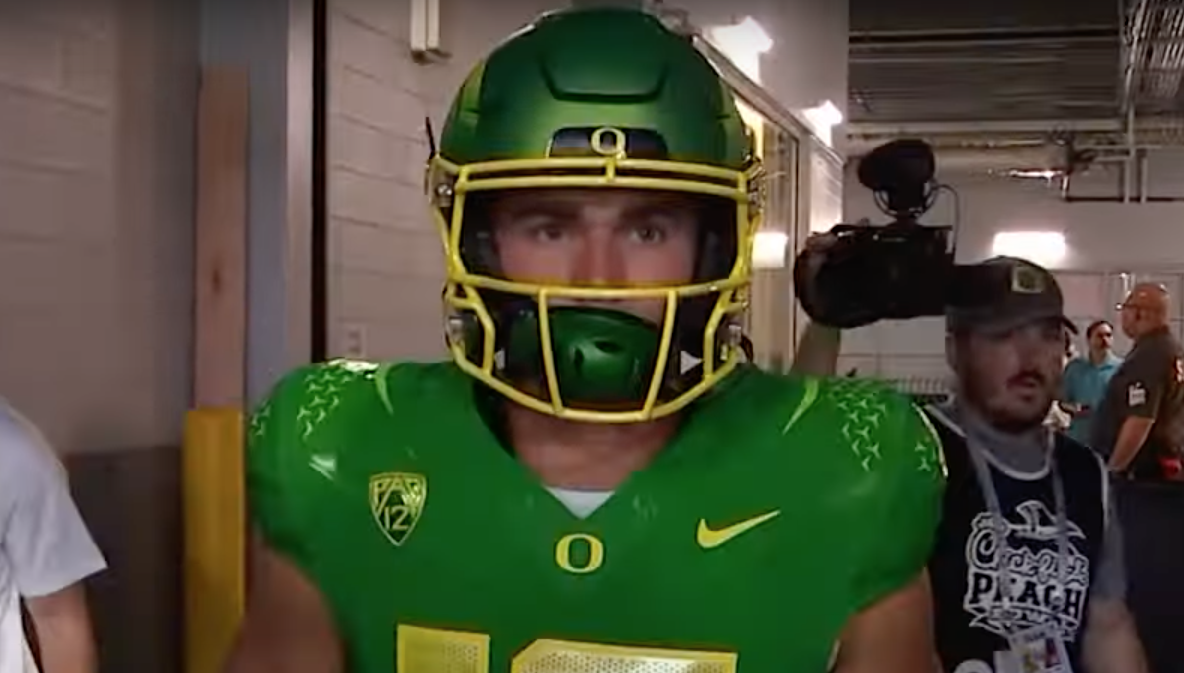Lisa Bailey creates human beings out of bones. But she’s neither delusional nor deviant. Bailey works as a forensic artist at the FBI, re-creating the heads of murder victims.
“The skulls I work with belong to people who haven’t been identified,” she explains. “People often say, ‘It’s one more dead body, who cares?’ But I can’t think of anything worse that could happen to a person than dying without anybody knowing his or her identity.”
Until a murder victim is identified, police can’t catch the killer. But this year the FBI’s Crime Laboratory launched a forensic anthropology department tasked with establishing victims’ identities — or at least determining age, gender and ethnic group. Forensic experts, a growing corps, investigate crimes using scientific methods.
“Things that destroy skeletons are my biggest enemy,” explains Dr. Richard Thomas, head anthropologist at the new group. “Bad guys know how to destroy victims’ remains to keep them unidentified. And the more people learn about forensics on TV shows like CSI, the better the bad guys get at covering their tracks.”
One favorite method is burning the victim’s body; another is leaving body parts in different locations.
In fact, CSI and other crime shows have completely changed the way crimes are solved.
“Now judges and jurors always expect to see forensic evidence,” notes Thomas Nolan, a professor of criminal justice at Boston University. “If that evidence isn’t presented, they assume that the defendant is innocent.”
After Thomas’ forensic anthropologists have investigated a skeleton, Bailey makes an exact replica of the skull. Then she uses clay to transform the skull into the victim’s head.
“You draw attention to what you know about the person,” she explains. “You can highlight the facial features of a particular ethnic group while putting less emphasis on things like hairstyle and eyebrows. This is forensic art, not a place to show off your creative skills.”
Bones to human being:?How the FBI does it
Police departments send cadavers to the FBI’s Crime Lab. Dr. Richard Thomas and his forensic anthropology department determine whether the bones come from the same person and if they’re human. “Children’s ages are easy to determine with the help of their teeth,” explains Thomas. “With adults, the best way of establishing their age is looking at their pelvic bones.” Pelvic bones and muscle markings also reveal whether the skeleton is a man or a woman, while the shape of a skeleton’s face and nose reveals its ethnicity. The team can establish a child’s age within a two- or three-year range and an adult’s within a 10-year range. A full exam takes the team five days.















